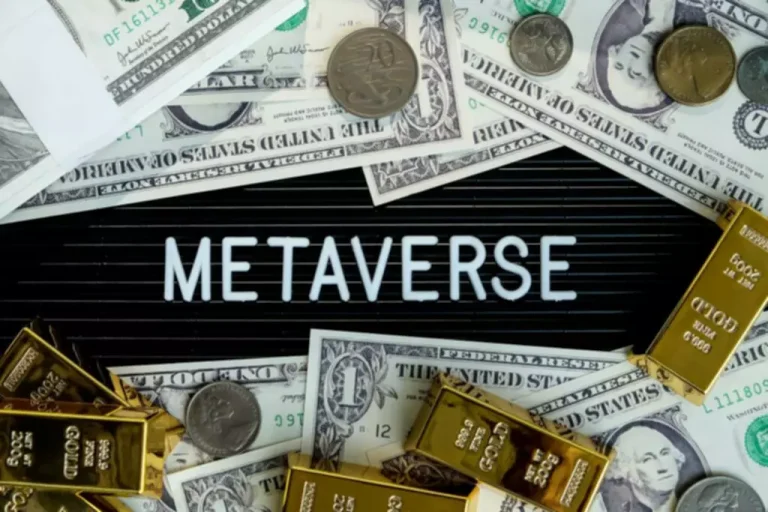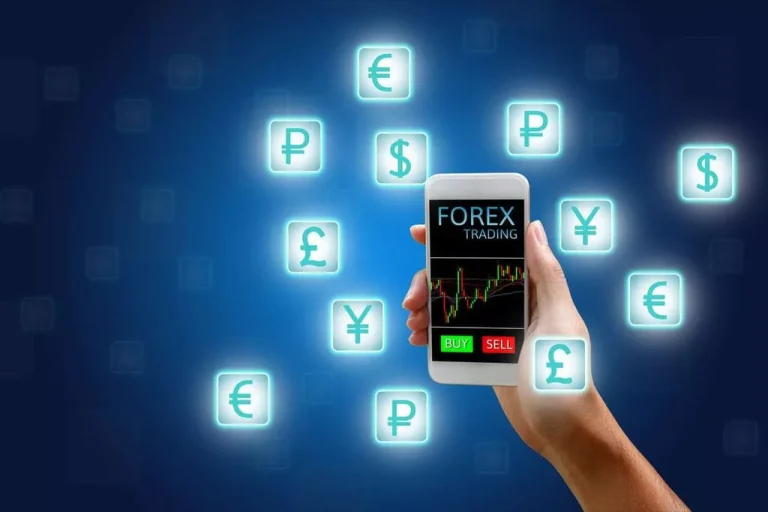Active investing places more capital in the path of sure individual stocks and industries, whereas index investing makes an attempt to match the performance of an underlying benchmark. Thus, downturns within the financial system and/or fluctuations are viewed as momentary and a essential side of the markets (or a possible opportunity to lower the acquisition price – i.e. “dollar cost averaging”). Rekenthaler joined Morningstar in 1988 and has served in a number of capacities. He at present writes common columns for Morningstar.com and Morningstar magazine. Morgan Stanley Wealth Management is the commerce name of Morgan Stanley Smith Barney LLC, a registered broker-dealer in the United States. This materials has been prepared for informational purposes solely and isn’t a proposal to buy or promote or a solicitation of any offer to buy or promote any safety or other monetary instrument or to participate in any trading technique.
Active Vs Passive: How to Bring Together the Best of Both Worlds – morningstar.hk
Active Vs Passive: How to Bring Together the Best of Both Worlds.
Posted: Tue, 28 Nov 2023 08:00:00 GMT [source]
Because it’s a set-it-and-forget-it method that only aims to match market performance, passive investing doesn’t require day by day consideration. Especially where funds are concerned, this leads to fewer transactions and drastically decrease fees. That’s why it’s a favourite of financial advisors for retirement savings and different funding goals. You should buy shares of those funds in any brokerage account, or you presumably can have a robo-advisor do it for you.
Disadvantages Of Passive Investing
Every fund manager chooses a benchmark that contains the kind of investments their fund incorporates. Even energetic fund managers whose job is to outperform the market not often do. It’s unlikely that an newbie investor, with fewer assets and fewer time, will do higher. While some passive investors like to choose funds themselves, many choose automated robo-advisors to build and handle their portfolios.
These on-line advisors sometimes use low-cost ETFs to keep expenses down, and they make investing as straightforward as transferring cash to your robo-advisor account. Given that over the long run, passive investing usually provides greater returns with lower costs, you may wonder if active investing ever warrants anywhere in the average investor’s portfolio. You’d assume a professional cash manager’s capabilities would trump a basic index fund. If we take a glance at superficial performance results, passive investing works finest for most traders. Study after examine (over decades) shows disappointing outcomes for active managers.

A passive method utilizing an S&P index fund does better on average than an lively approach. Similarly, mutual funds and exchange-traded funds can take an active or passive method. Passive investing and energetic investing are two contrasting methods for placing your money to work in markets. Both gauge their success in opposition to frequent benchmarks just like the S&P 500—but energetic investing generally looks to beat the benchmark whereas passive investing aims active vs passive investing statistics to duplicate its performance. Some buyers have very strong opinions about this matter and is in all probability not persuaded by our nuanced view that each approaches might have a place in investors’ portfolios. If your top priority as an investor is to reduce your fees and buying and selling costs, interval, an all-passive portfolio would possibly make sense for you.
Thomson Reuters Lipper found the typical expense ratio for an actively managed stock fund to be 1.4% however simply zero.6% for the typical passive fund. Active investing, as its name implies, takes a hands-on approach and requires that somebody act as a portfolio manager—whether that individual is managing their own portfolio or professionally managing one. Active cash administration aims to beat the stock market’s average returns and take full advantage of short-term worth fluctuations. High-net-worth people, or those with no less than $1 million in liquid monetary property, could favor to take a position with actively managed funds because fund managers aim to protect wealth during times of financial downturn.
Energetic Investing
NerdWallet, Inc. is an unbiased publisher and comparability service, not an investment advisor. Its articles, interactive instruments and different content material are offered to you at no cost, as self-help tools and for informational functions solely. NerdWallet doesn’t and cannot guarantee the accuracy or applicability of any data in regard to your individual circumstances. Examples are hypothetical, and we encourage you to hunt personalised recommendation from certified professionals regarding specific funding points. Our estimates are based on previous market performance, and past efficiency just isn’t a assure of future efficiency.

Passive vs. energetic management doesn’t should be an either/or selection for advisors. Combining the 2 can further diversify a portfolio and truly help manage overall risk. Clients who’ve giant cash positions may wish to actively search for alternatives to invest in ETFs just after the market has pulled back. Based on previous efficiency (which just isn’t a guide to future performance), investors would possibly want to look at passive funds for publicity to the North American and international sectors.
The relative merits of ‘active’ versus ‘passive’ investing are hotly-debated. The payments we receive for these placements affects how and the place advertisers’ presents appear on the positioning. This web site doesn’t embrace all companies or products out there throughout the market. Get immediate entry to video classes taught by skilled funding bankers.
Why Recommendation Matters
North American fund managers also face the tough choice of whether or to not put money into the know-how giants that have delivered high returns during the last decade, with the risk that they find yourself becoming a quasi-tracker fund. The crux of the controversy centres round whether or not lively funds have justified their higher charges by outperforming their passive counterparts. Active investing is the administration of a portfolio with a “hands-on” approach with fixed monitoring (and adjusting of portfolio holdings) by investment professionals.

Morgan Stanley Wealth Management retains the right to change representative indices at any time. The easy answer is that there’s a spot for both kinds of investment as a part of a balanced portfolio. Each approach has its personal deserves and inherent drawbacks that an investor should take into consideration.
Passive investing is buying and holding investments with minimal portfolio turnover. Active investing is buying and promoting investments based on their short-term performance, trying to beat average market returns. Both have a place in the https://www.xcritical.com/ market, but each method appeals to totally different investors. The UK has been a happier looking ground for active fund managers, with 85% of energetic funds outperforming.
The Wharton On-line & Wall Avenue Prep Buy-side Investing Certificate Program
To assist assist our reporting work, and to proceed our ability to supply this content material for free to our readers, we obtain payment from the businesses that advertise on the Forbes Advisor site. Many or all of the merchandise featured listed here are from our companions who compensate us. This influences which products we write about and the place and the way the product appears on a page. Discover why Morgan Stanley Financial Advisors are different in relation to helping you invest and plan in your future. Whether you need recommendation or choose to take a position by yourself, we’ve a spread of solutions to help meet your needs.

NerdWallet, Inc. doesn’t offer advisory or brokerage companies, nor does it suggest or advise investors to buy or promote specific stocks, securities or different investments. Investors who favor preserving wealth over progress may benefit from lively investing strategies, Stivers says. For example, an energetic technique may properly serve somebody close to retirement who lacks the time to recuperate from giant losses or who is focused on constructing a gradual stream of revenue as an alternative of seeing common long-term capital positive aspects. Fees on active investments are greater than those on passive investments because it costs more to actively manage investments.
Tax-deferred Esg Retirement-bucket Portfolios For Mutual Fund Buyers
An lively investor is somebody who buys shares or different investments regularly. These buyers search for and purchase investments which are performing or that they believe will carry out. If they hold stocks that aren’t dwelling as a lot as their standards, they sell them.

Active fund managers argue that their larger charges are more than offset by index-beating returns. Passive fund managers point to solely a small variety of active funds managing to beat their passive counterparts over a period of 5 years or extra. Unless you may be picking the stocks your self through a web-based brokerage account, actively managed funds are far more expensive than passive funds that monitor an index. Some examples of actively managed investments are hedge funds and a inventory portfolio actively managed by the investor by way of a web-based brokerage account. When you own fractions of 1000’s of shares, you earn your returns just by participating in the upward trajectory of corporate income over time via the general inventory market. Successful passive traders maintain their eye on the prize and ignore short-term setbacks—even sharp downturns.
Lively Vs Passive Investing Us Barometer Report
I tested all three approaches by creating two-fund portfolios that invested half their monies in one of Vanguard’s actively managed large-growth funds and the opposite half in a large-value fund. The first portfolio held the funds with highest trailing returns for his or her categories as of December 1992, while the second purchased the funds with the highest Sharpe ratios. The subsequent returns for every portfolio, together with the performance of the equal index-fund portfolio, appears beneath. In 1992, Vanguard already managed two actively run large-growth funds and three large-value funds.
